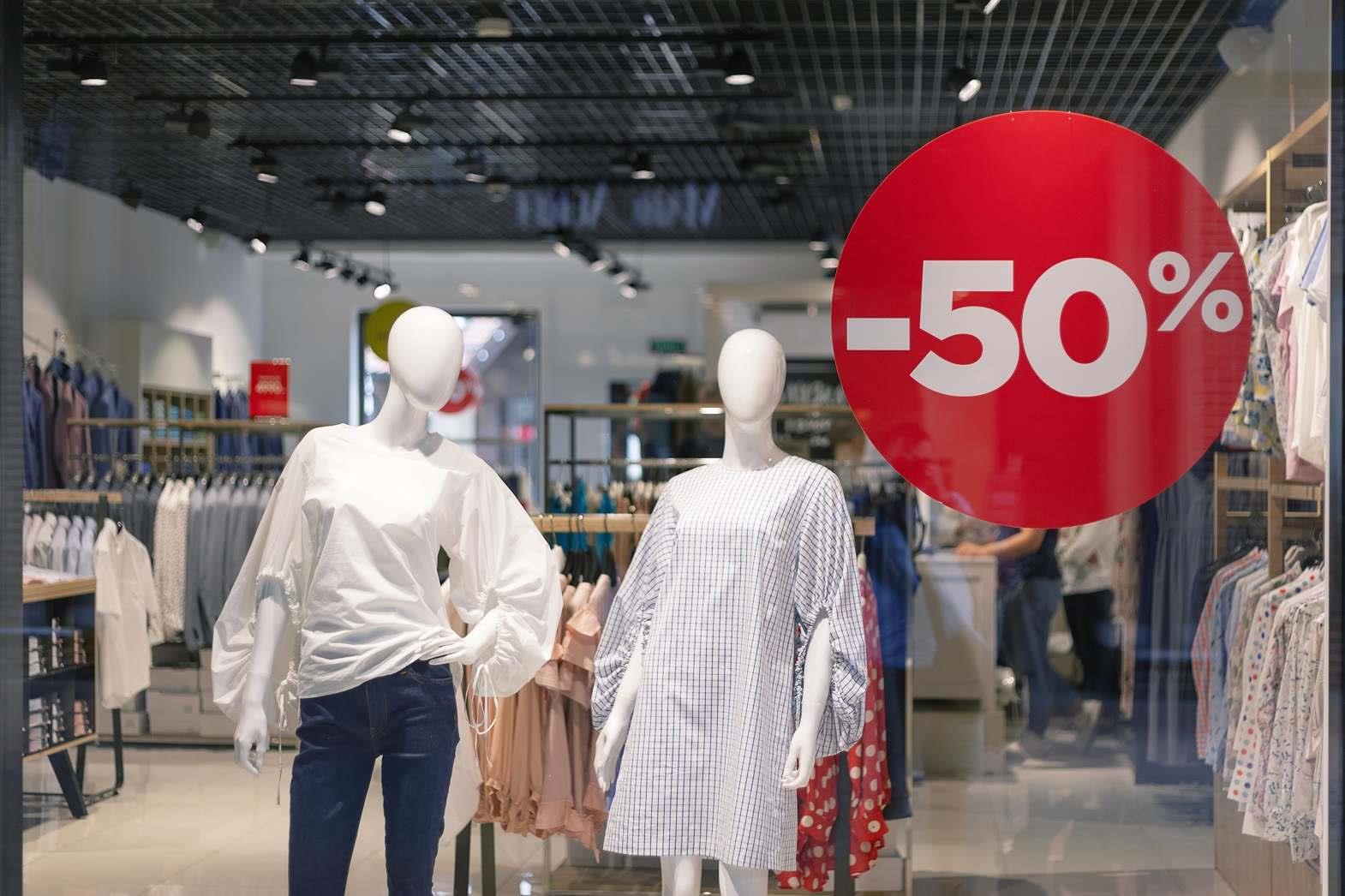Anumber of companies manufacture clothing. But merely manufacturing garments isnot enough. There ought to be outlets that let ordinary people purchase themanufactured clothes. Apparel retail stores have come up in large amounts allover the world. The global apparel retail industry has reached more than$1031.5 billion in modern times. America leads the market with many of itsretail stores having a global presence.
Walmart,Abercrombie and Fitch, Marks and Spencer, Zara, Mango, and many others are someof the famous retail stores of the world. They buy branded clothes and apparelsat wholesale prices, add their profit margin to each of the clothes, andfinally sell them to the ordinary public through the medium of their stores.Globally recognized retail stores make billions as profits by indulging in thiskind of a trade.
Manytimes, manufacturers do not supply all their products to retail stores. Theyhave their own outlets which are exclusively erected to sell only theirproducts. Since manufacturers sell their products directly to customers(without the medium of a retail store), the products prove to be cheaper toconsumers. It also gives manufacturers a second chance to sell their additionalstock, stock with minor defaults, etc.
Consumersmay wish to wear certain brands, but getting them from a retail store may proveexpensive to them. Approaching a factory outlet instead may prove inexpensiveto them. Many times consumers get the same quality as a retail store or only abit less in a factory outlet for a lower price. Manufacturers benefit from suchstores, as they can get rid of their old stock that may otherwise be rejectedby retail stores.
Boththe outlets have their own advantages and disadvantages. It is hard to arguewhich one is better. Brand conscious consumers who need to maintain a certainstandard of living in the society usually resort to retail stores. They getgarments of latest fashion and of best quality in such stores. Others, who liketo wear brands but also need to consider their price, may prefer to purchasefrom factory outlets instead.
Variousreports have been published that indicate the quantity of apparel shopping doneall over the world. According to Katherine R. Clarke, Vice President &Client Development, Kantar Retail, researches indicate that almost 10 percentof monthly shopping for clothes is done from factory outlet malls.
Given below is report published on September, 2011 by Kantar Retail:
Monthly CLOTHING Shoppers by Shopping Location Type
Arrtee
Zutshii, Head of Marketing & PR, Bestseller, India comments, "It's very subjective. There's
nothing wrong in buying from factory outlets. You get products at a lower price,
but at the same time it is at least one to two season old products. So if you
don't mind that, it should be fine."
Today, all the major apparel brands have factory outlets to sell their stock. The big names of this industry have factory outlets in almost all the major cities of the world. Gas Jeans, a leading Italian brand, has more than 3000 stores in more than 56 countries of the world. Monte Carlo, an Indian brand for woolen and knitted garments, has more than 145 exclusive brand outlets, more than 800 multi brand outlets, and 60 large format stores.
Factory outlet retailing
proved to be a huge success in USA and UK. Major brands from the two super
powers of the world are planning to reap benefits by having factory outlets all
over the world. Though this concept is new in Australia, Asia, and Africa, the apparel brands expect huge returns in a short span of time. In fact, it is
picking up pace in such countries as brand awareness is increasing among
commoners.
But retail stores and factory outlets do not see each other as a competition. Retail stores have their own advantages and factory outlets have their own. Similarly, both of them have their own disadvantages. Elite class consumers may only sometimes visit factory outlets. This is because they are constantly in need of trendy clothes, which may not be easily found in factory outlets. They can compromise on price but not on quality.
Besides, a brand can only have some factory outlets. If they have a large number of factory outlets, their reputation gets at stake. It means that they manufacture more products that are of low quality as compared to others. A factory outlet can only be seen as a spare for its extra stock rather than as an attempt at retailing! This is the reason factory outlets are fewer in number and not-so-easily accessible.
Surveys reveal that factory outlets help in raising brand awareness in developing countries. Companies see this as a long term marketing strategy, as well. They familiarize people with their brands by offering discounts in factory outlets. Then, they make their products available at normal prices in retail stores. People tend to purchase branded clothes more after they use it once.
None of the two can be considered a better option. Factory outlets are recently a lot in demand, especially among commoners. It is always a good idea to buy branded clothes from factory outlets, if one gets what they have in mind. But if looking for something specific, the chances are that they find it in retail stores. The best thing to do would be to remain updated about anything new in both the sectors. That will help fulfill all requirements.
References:
- Ntutrump.wikispaces.com
- Investorplace.com
- Wikipedia.org
- Montecarlocollections.com
- Kantar Retail
Image Courtesy:
- Bangalore.metblogs.com
- Morsipr.blogspot.com








Comments